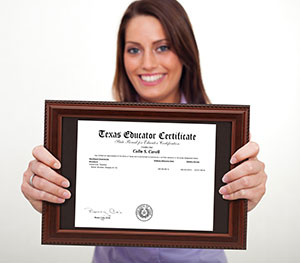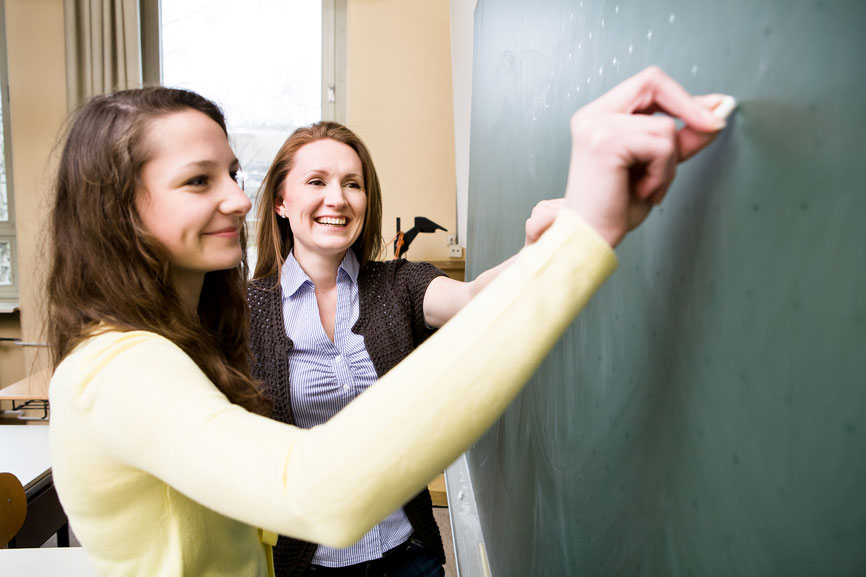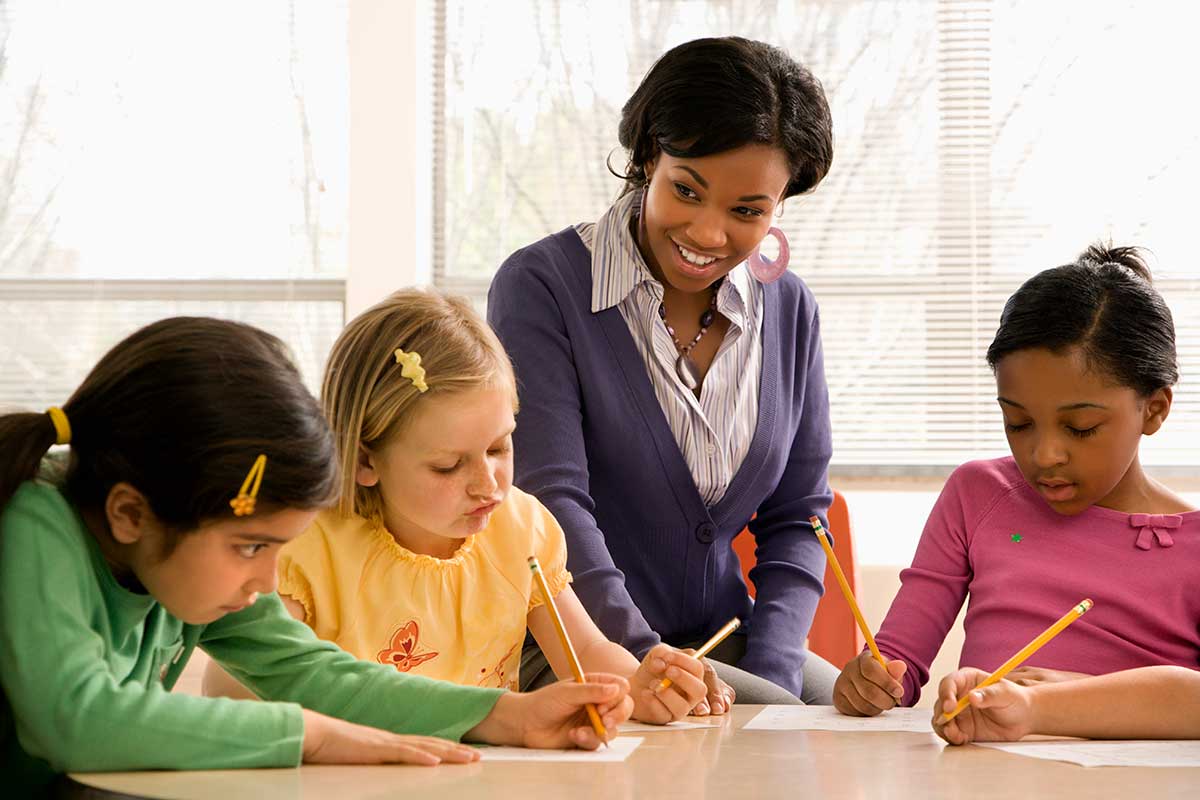Best Practices
As a teacher you have noticed that we assume new teachers know how to teach since they were once students. Becoming a successful teacher is a lifelong learning experience and best practices need to be addressed. The following discussion on best practices will help us agree on a performance-based list to help new and existing teachers with their classroom. You will see that the best practices have been constructed into six categories.
Lecture
Research has shown that 10 to 15 minutes of lecture is about all the minds can absorb before it starts to wander. The following best practices for lecture will help with learner retention.
- Distribute the notes before the lecture so students can listen instead of trying to keep up with writing.
- Pause during the lecture and ask for a show of hands: “Raise your hand if you agree/disagree.
- After five or ten minutes of lecture have them explain the main concept to each other.
Questioning Strategies
You are always thinking of ways to get your students to “think better”. These best practice methods will improve your students thinking in the classroom.
- In the classroom you should always give sufficient wait time for the student to process and respond to your question.
- Asking question that start with How, Why, and Which will help the students to think.
- Ask a limited number of Who, What, When, and Where question. These tend to be lower level questions and the students can answer with a short answer without much thought.
Hands On Learning
All the brain research points to students do better if they actually have hands on activities. The following best practices will help the learner accelerate in your classroom.
- Have activities in centers so children have an opportunity to touch the material.
- Use peer teaching and have the children create hands on activities that will focus on the objective.
- Use technology in stations to promote hands on experiences.
Setting
The setting of your classroom will foster best practices and will help improve the overall education experience. Sometimes we don’t spend enough time thinking about the student’s environment and how to improve their learning.
- Set your classroom up where there are places for children to collaborate and brainstorm.
- You as the teacher need to spend more time being a guide on the side instead of lecturing to the large group.
- Teach the children procedures and routines that go along with their new classroom setting.
Student Responsibility
The children of today need to take responsibility for their learning. With the following best practices you will see an improvement with student learning.
- Discuss with the students what expectation you have for your classroom.
- Have the children add to your expectation with ones of their own.
- Design a rubric that states the responsibility of each and every one in the classroom setting.
- Have class meetings or meet with individual students and discuss learner responsibility.
In closing, your classroom will ever be changing as the years roll on. As professionals we need to work on best practices to foster student learning and effective teaching. You will be amazed how quickly your children will respond to the changes you put in place. Teaching children how to learn will always be a big part of our profession.










